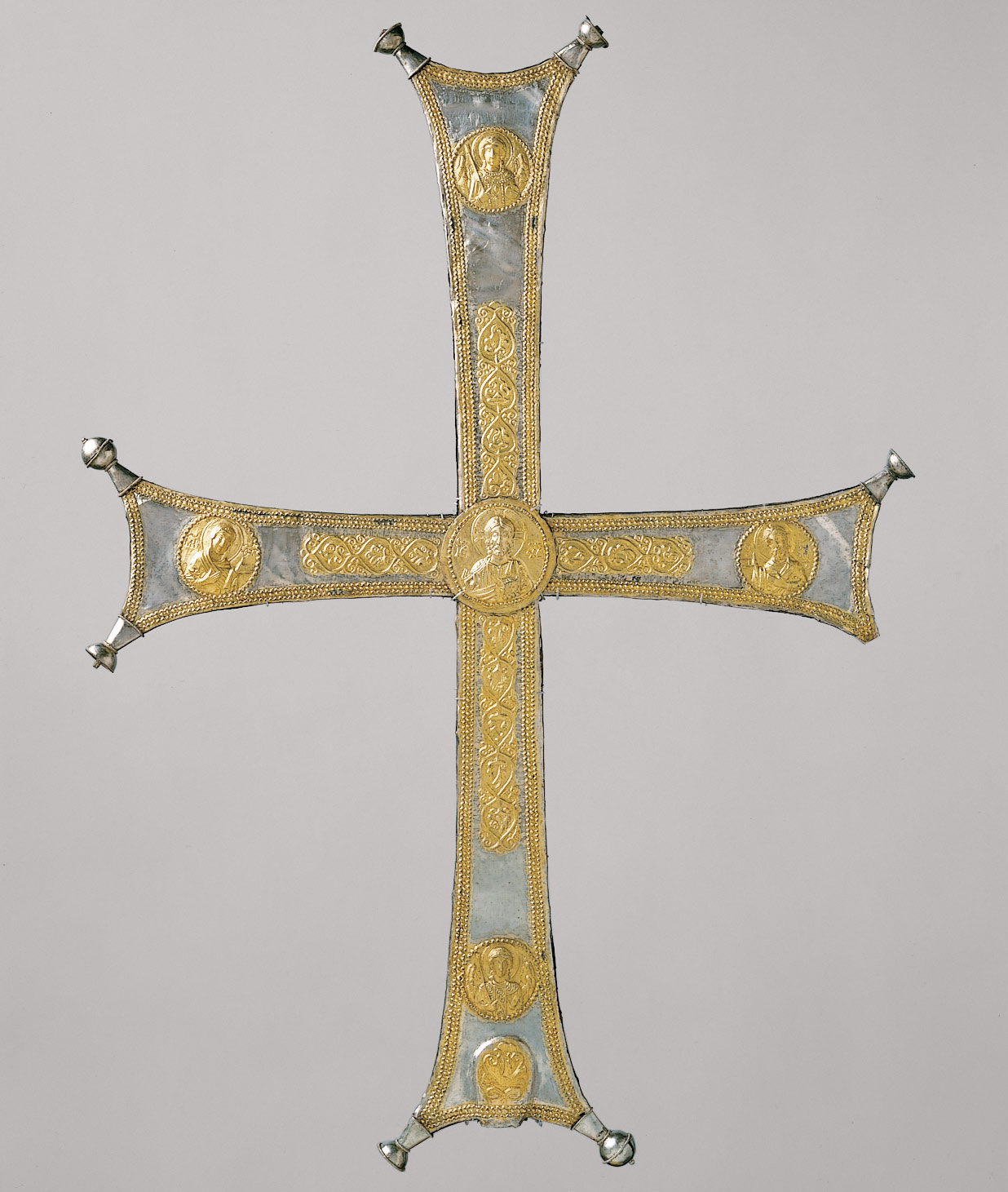While
the history of Western Europe during the Medieval Period is dominated by the
consolidation of what would become the principal European powers in the
Renaissance (France, Britain, Austria, etc.), the history of Eastern Europe
during this same period is dominated by the slow collapse of the Eastern Roman
Empire. Often called Byzantium, the Eastern Roman Empire continued to exist
long after the collapse of the Western Roman Empire in the 5th
century. Byzantium was the Medieval Rome, and would contrast harshly with our
modern conception of Rome: the capital city was not Rome, nor did the Empire
hold the Eternal City for large segments of its history; the most common
language was Greek, not Latin, and Greek later came to replace Latin as the
official language of Byzantine courts; and Byzantium was a deeply Christian
empire. The devotion of the Byzantines to their religious beliefs led to the
creation of some of the most breathtaking mosaics, sculptures, metalworks, and
all assortments of mediums in all of Christian art, as well as periods of
internal strife and fits of iconoclastic violence.
This cross is an example
of the beauty of Byzantine art. It is made from silver, and is inlaid with
several medallions depicting the archangels Gabriel and Michael, Saint John the
Baptist, the Virgin Mary, and Jesus
Christ (center). This particular cross is a processional cross. These were
highly ceremonial, and were used in religious services, court processions,
military ceremonies, and in times of great peril.
Byzantium
is so often overlooked in the mainstream historical account of European
development. Discovery and discussion of artifacts such as this help to
showcase the rich culture, history, and splendor of Byzantium.
References:
Norwich, John Julius. A Short History of Byzantium. Vintage Books, 1999.




No comments:
Post a Comment
Note: Only a member of this blog may post a comment.